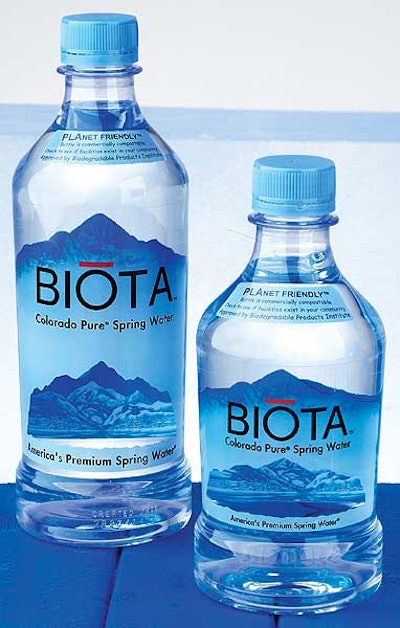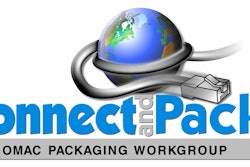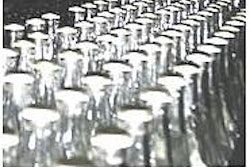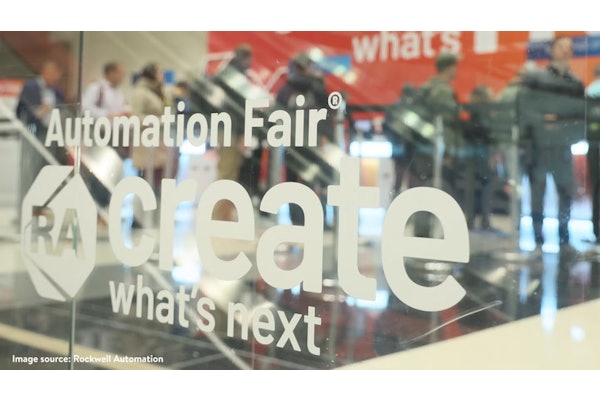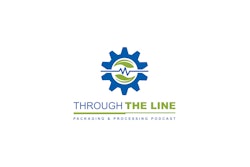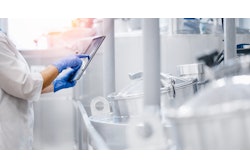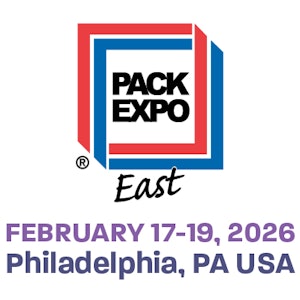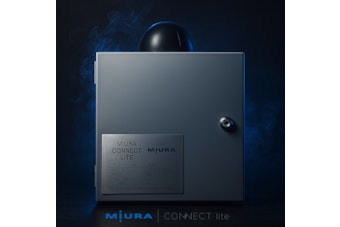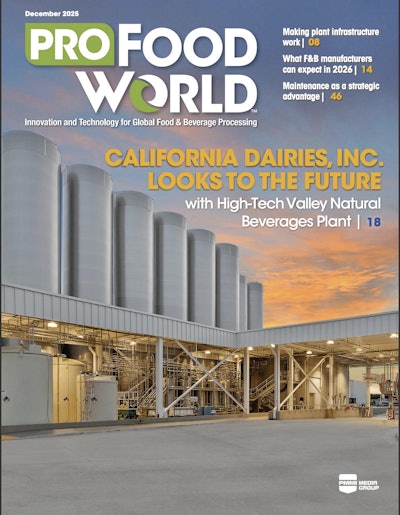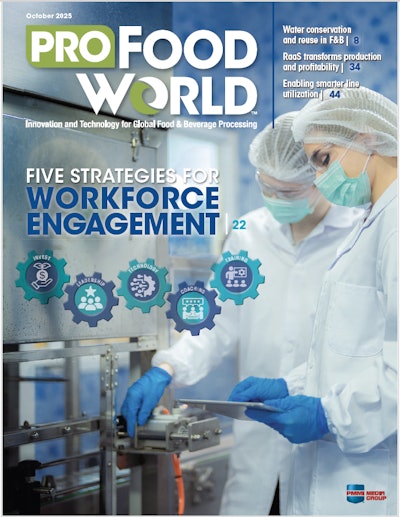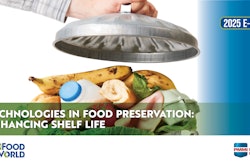Biota Brands of America, Telluride, CO, offers Colorado premium spring water bottled with an altitude, sourced from a spring located 9ꯪ’ above sea level. The bottles also have a materials attitude—they are the first in the world to be molded of a natural plastic, polylactide, or PLA, which is derived from corn, a renewable resource. In that regard, Biota is achieving a high-water mark for sustainable packaging.
Biota chief executive officer David Zutler has seen his vision come to fruition. “I always had a desire to be involved in making a difference in the environment,” he says. As his business plans for a premium bottled water crystallized in 1996, he began looking for “a better bottle.” Around that time, research at the University of Nebraska by Cargill Dow to make polymers from corn caught his attention.
Yet his plans for bottled water couldn’t wait for the plastic made from corn. Or so he thought.
The wheels of progress turned slowly for Zutler for the next six years. In 2002 he obtained an easement and a pipeline to tap the mountain spring. He was still planning to bottle his product in PET when a local newspaper published a story about how the growing volume of PET bottles was polluting the earth.
“That’s just great, I’m ready to open a water bottling plant and locals will picket outside my gates,” Zutler recalls thinking. Through an Internet search, he reconnected with Cargill Dow.
“Wow, someone really has made plastic from corn,” he thought. He began development of the PLA bottle first with Cargill Dow and then brought in the molding companies. He maintains that the material is a “drop in” for the molding equipment, though those words belie the many weeks of trial and error and fine-tuning to reach the specific parameters needed to produce high-quality bottles.
Same machinery, different bottle
Started up in June 2004, Biota’s new bottling line is located at the company-owned plant in Ouray, CO. The operation receives PLA preforms molded in Salt Lake City by Planet Friendly Products, a company that is the result of a strategic alliance between Biota and a molder. The preforms are injection molded from PLA resin by a 24-cavity Husky HyPET 120 unit that Zutler calls a HyPLA 120. Three sizes of bottles are currently in production: a 12-oz STUBBY® and 1¼2-and 1-L sizes.
“There are energy savings compared to PET since the molders can be operated at lower temperatures than for PET,” says Zutler. “There’s no special handling or containers for the PLA preforms. They ship just like PET preforms in standard, film-lined corrugated bins.”
At the bottling plant, the bins are unloaded to a SIG BloMax Series III 10-cavity injection/stretch blow molder that Zutler says can be expanded to 12 cavities. “It’s a fine machine,” he says. The molder is in-line with the filler.
Representatives of the molding equipment involved, Husky and SIG, weren’t positive that their machines could handle PLA early on, according to Zutler, “but a year later, we found that they could, and without modifications.” Development has focused on processing parameters such as temperature. “To this day, we continue to increase our efficiencies on these machines,” he adds. “We have solved every challenge we have faced.
“These are using the first machines in the world that can produce preforms from PLA and blow bottles from PLA preforms,” Zutler points out. “We plan to convert or dedicate molding machines at other locations to help us grow.”
The packaging line was engineered by Mateus Sales, which Zutler calls an “industry standard kind of integrator that has been good to us over the years.”
Zutler says that American Container Handling Systems designed the conveyor systems and was very helpful in the overall design and integration of the line.
Bottles are moved from the SIG molder on an air conveyor to a 42-valve rotary filler from Fogg Filler Co.
“I liked the way Fogg presented their machinery at many trade shows over the years as I tracked development of their fillers,” says Zutler. “I have appreciated their commitment to service and their support.” The filler matches the output from the SIG molder and can handle up to 250 bottles/min of the 12-oz size.
Laser coding is sharp
Zutler is also a fan of the Industrial Dynamics Co. laser coder, which etches a clean, unobtrusive “created date” code onto the bottle’s base.
“Without a doubt the laser coder is the way to go,” Zutler says. “The finished product is much more attractive than an ink-jet coded bottle. The machine was exceptionally easy to install and use. The consistency of the laser etching into the bottle is unmatched. After the initial setup, you can still count on the same quality of coding thousands of bottles later. No changing out print heads, refilling reservoirs, or overspray is required. Once the operator is familiar with the program, it is very easy to adapt the code to fit your needs. This is a great machine.”
Bottles receive front-and-back body and neck labels from a three-station Krones Kosme pressure-sensitive labeler that has been a very reliable machine, according to Zutler.
“The art of applying labels is tricky, but once the operator understands the principles, the machine is fairly simple to adjust,” he says. “Even though Krones recently purchased Kosme, its staff has gone to great lengths to help us with setup, training, and technical support.”
Downstream pluses
Zutler likes the performance of the downstream equipment including the Meypack case packer, Columbia Machine palletizer, and Wulftec stretch wrapper.
“The first thing that strikes me about the Meypack unit is the technical support,” says Zutler. “Its technician has made the initial setup of the machine and subsequent format changes very smooth. As far as the machine itself is concerned, once the format is set, there are few problems. The machine consistently produces properly shaped, handsome boxes.”
The palletizer from Columbia Machine is claimed by Biota as a “dream machine” as one of the company’s two most trouble-free machines in the plant. The other is the last machine on the line.
“The Wulftec stretch wrapper has been the easiest machine in the plant to use—and the most reliable,” says Zutler. “It is a very simple machine in its construction, but that in no way takes away from its effectiveness. The controls are easy to understand, and Wulftec’s technician was also very helpful.
“All components on the line are great pieces of equipment,” Zutler concludes, “but this is a new kind of plastic bottle that no one has used before. We’re still fine-tuning the line as we finish the start-up process.”
See sidebar to this article: Defining biodegradable and compostable
See sidebar to this article: Biota questions answered
